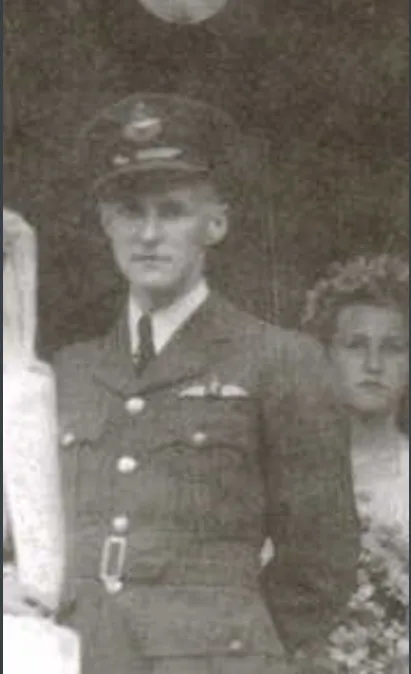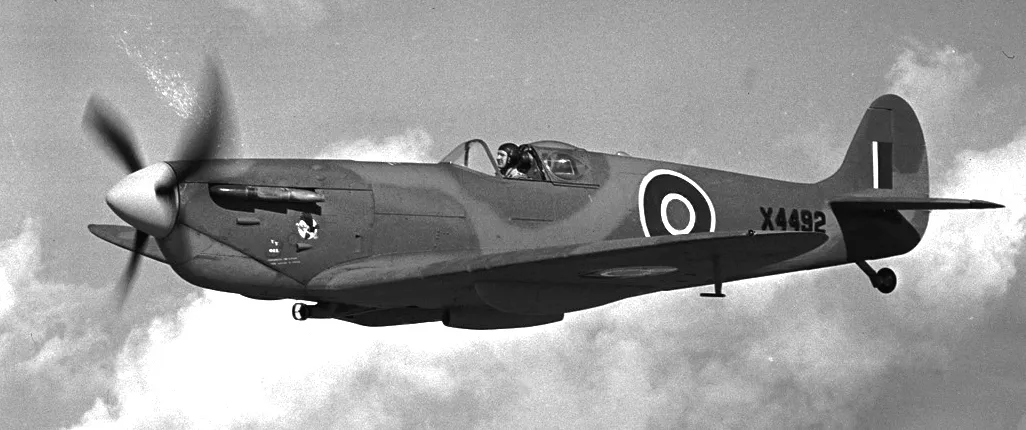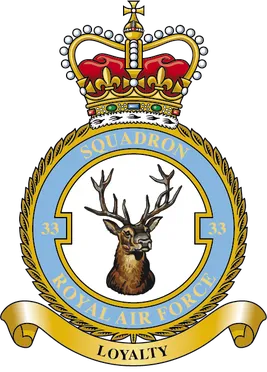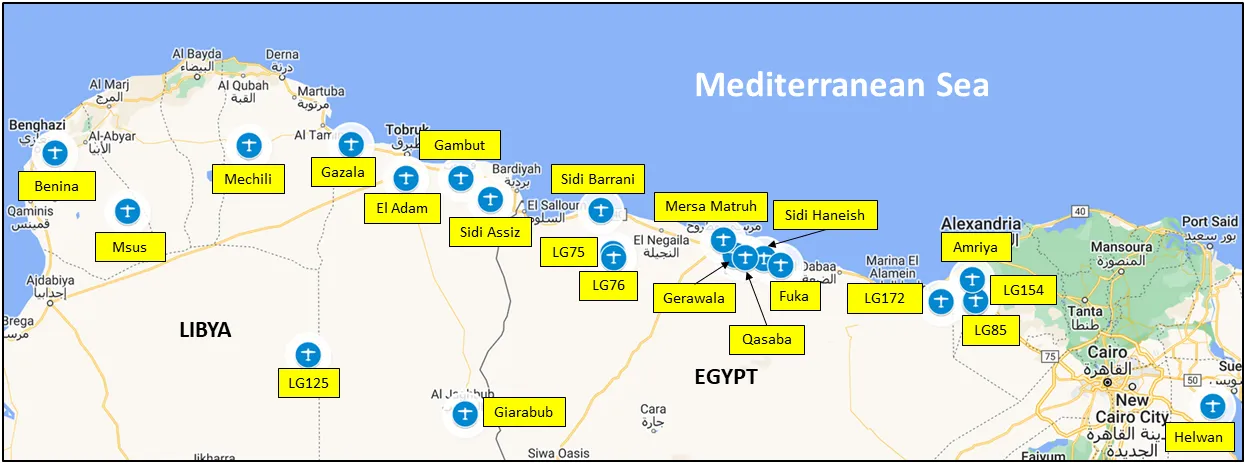Tribble, Ernest Edward (Flight Lieutenant)
Killed in Action 1944-June-19


Birth Date: 1921-July-09
Born:
Parents: Son of Edward James Tribble and Elizabeth May Tribble; husband of Marion Verna Tribble, of Brantford, Ontario.
Spouse: Husband of Marion Verna Tribble, of Brantford, Ontario.
Home: Brantford, Ontario
Enlistment:
Enlistment Date: unkown date
Service
RCAF
Unit
33 Sqn- Squadron (RAF)
Loyalty
Base
Rank
Flight Lieutenant
Position
Pilot
Service Numbers
J/7818
Home
 Brantford, Ontario
Brantford, Ontario
Crew or Other Personnel
Spitfire MA807
Spitfire serial: MA807

Supermarine Spitfire Mk. VI, RCAF (Serial No. X4492), in flight, 26 Feb 1944.
The Supermarine Spitfire is a British single-seat fighter aircraft that was used by the Royal Air Force and other Allied countries before, during, and after World War II. Many variants of the Spitfire were built, using several wing configurations, and it was produced in greater numbers than any other British aircraft. It was also the only British fighter produced continuously throughout the war. The Spitfire continues to be popular among enthusiasts; around 70 remain airworthy, and many more are static exhibits in aviation museums throughout the world.
The Spitfire was designed as a short-range, high-performance interceptor aircraft by R. J. Mitchell, chief designer at Supermarine Aviation Works, which operated as a subsidiary of Vickers-Armstrong from 1928. Mitchell pushed the Spitfire's distinctive elliptical wing with cutting-edge sunken rivets (designed by Beverley Shenstone) to have the thinnest possible cross-section, helping give the aircraft a higher top speed than several contemporary fighters, including the Hawker Hurricane.
The Spitfire had detachable wing tips which were secured by two mounting points at the end of each main wing assembly. When the Spitfire took on a role as a high-altitude fighter (Marks VI and VII and some early Mk VIIIs), the standard wing tips were replaced by extended, "pointed" tips which increased the wingspan from 36 ft 10 in (11.23 m) to 40 ft 2 in (12.24 m). The other wing-tip variation, used by several Spitfire variants, was the "clipped" wing; the standard wing tips were replaced by wooden fairings which reduced the span by 3 ft 6 in (1.07 m). The wing tips used spruce formers for most of the internal structure with a light alloy skin attached using brass screws.
Due to a shortage of Brownings, which had been selected as the new standard rifle calibre machine gun for the RAF in 1934, early Spitfires were fitted with only four guns, with the other four fitted later. Early tests showed that, while the guns worked perfectly on the ground and at low altitudes, they tended to freeze at high altitude, especially the outer wing guns, because the RAF's Brownings had been modified to fire from an open bolt. While this prevented overheating of the cordite used in British ammunition, it allowed cold air to flow through the barrel unhindered. Supermarine did not fix the problem until October 1938, when they added hot air ducts from the rear of the wing-mounted radiators to the guns, and bulkheads around the gunbays to trap the hot air in the wing. Red fabric patches were doped over the gun ports to protect the guns from cold, dirt, and moisture until they were fired.
The first Rolls-Royce Griffon-engined Mk XII flew in August 1942, and first flew operationally with 41 Squadron in April 1943. This mark could nudge 400 mph (640 km/h) in level flight and climb to an altitude of 33,000 ft (10,000 m) in under nine minutes. As American fighters took over the long-range escorting of USAAF daylight bombing raids, the Griffon-engined Spitfires progressively took up the tactical air superiority role, and played a major role in intercepting V-1 flying bombs, while the Merlin-engined variants (mainly the Mk IX and the Packard-engined Mk XVI) were adapted to the fighter-bomber role. Although the later Griffon-engined marks lost some of the favourable handling characteristics of their Merlin-powered predecessors, they could still outmanoeuvre their main German foes and other, later American and British-designed fighters.Wikipedia
 Wikipedia Supermarine Spitfire
Wikipedia Supermarine Spitfire
Unit Desciption
33 Sqn Loyalty (x)
History of the Squadron during World War II (Aircraft: Gladiator, Hurricane, Spitfire, Tempest)

The squadron was formed in the course of WWI as a Home Defence squadron to combat the Zeppelin raids on London. It was disbanded in 1919.
It was reformed at RAF Netheravon on 1 March 1929 as a bomber unit, but in 1935, as part of Britain's response to the Second Italo-Abyssinian War, the unit moved to Egypt. When the Abyssinian crisis was over, the squadron remained in the Middle East, taking part in air policing in Palestine. In February 1938, the squadron re-equipped with Gloster Gladiators, changing role to a fighter squadron, although at first it continued in support of British ground forces in Palestine.
The squadron remained in the Middle East for most of World War II. From September 1939 it was involved in the fighting against the Italian forces. Equipped initially with the Gloster Gladiators they had used in Palestine, the Squadron claimed its first victories of the Second World War on 14 June 1940, while supporting the British capture of Fort Capuzzo, when the squadron shot down an Italian Caproni Ca 310 and a Fiat CR.32. It suffered its first losses of the war five days later in a combat with Fiat CR.42 Falcos, with one Gladiator being shot down in exchange for two Fiats. The squadron re-equipped with Mk I Hurricanes in October 1940, allowing it to intercept the Italian SM.79 bombers, which were faster than the Gladiator.
It was withdrawn from the desert fighting in January 1941, to help resist the Italian invasion of Greece. From 12 March it was led by Pat Pattle, the leading Commonwealth flying ace, until he was killed in action on 20 April. The squadron was involved in heavy fighting following the German intervention in Greece, and had to be withdrawn to Crete on 27 April, with its 4 remaining Hurricanes.. Due to continuing heavy losses, the squadron had to amalgamate with No. 80 Squadron RAF and the ground personnel fought hand-to-hand with German paratroopers to protect Maleme airfield. The last remaining hurricane flew to Egypt on 19th May, and the remnants of 33 Squadron retired to Egypt by the end of May after the Battle of Crete. The squadron was temporarily attached to No. 30 Squadron at Amriya to build itself up again. It returned to support the Army in the Western Desert, re-equipping with Kittyhawks and Tomahawks before they obtained Hurricane IIB fighters. During the first 8 months of 1942, the squadron occupied a number of bases in North Africa as it moved Eastwards and Westwards depending on the ebb and flow of the North African campaigns. In early 1943 the squadron was tasked with the defence of Benghazi. Supermarine Spitfire Vs superseded the Hurricanes in December 1943.
The squadron returned to the UK in April 1944, to prepare for Operation Overlord (the Allied invasion of Normandy. It flew the Spitfire IXF from RAF Lympne in Air Defence of Great Britain, though under the operational control of RAF Second Tactical Air Force (2nd TAF). It flew fighter support on D-Day (6 June 1944), then moved to France with 2nd TAF, when it concentrated on ground-attack operations. It re-equipped with the Hawker Tempest in December, returning to action from Gilze-Rijen in February 1945, flying fighter sweeps in North West Europe until the cessation of hostilities. The squadron remained in Germany until 1949.
Maps of the bases used by #33 Squadron in Greece and North Africa 1940-1943


 Canadian Virtual War Memorial
Canadian Virtual War Memorial Commonwealth War Graves Commission
Commonwealth War Graves Commission www.findagrave.com
www.findagrave.com Harold A Skaarup Web Page
Harold A Skaarup Web Page YouTube How the Spitfire Became an Aviation Masterpiece
YouTube How the Spitfire Became an Aviation Masterpiece RCAF Supermarine Spitfire Serials - Kestrel Publications
RCAF Supermarine Spitfire Serials - Kestrel Publications